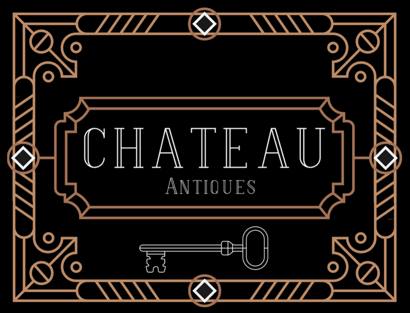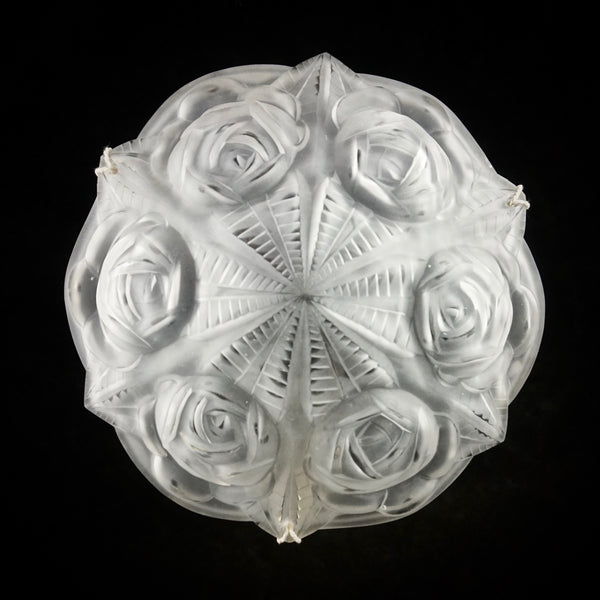--------------------------------------------------------------------------------------------------------------------------Art For All - Charles Catteau's Influence on Boch Freres Keramis and the Art Deco Movement
Founded in 1841 at La Louvière in Belgium, Boch Freres Keramis were at first a noteworthy manufacturer of stone- and earthenware with practical applications for any household. By the start of the 20th century, the business was already well-established, but it wasn’t until Charles Catteau (1880 – 1966) became the head of its decorations department that the company would come into its own. He held that position for 41 years, but the products he designed during the 20s and 30s were what made both him and Boch Freres icons of the Art Deco movement. Vases, tableware and lamps from that period grace art galleries and private collections the world over, often being eagerly sought after at prestigious auctions to this day.
Catteau's first noteworthy pieces were created between 1903 and 1906 while he was employed as a ceramic decorator in Ecole Nationale de Sèvres and subsequently moved for Nymphemburg Porzellan Manufaktur in Germany. These earlier works were traditional in nature, a focus on straight lines and Japanese influences being most prominent. By the end of his stay in Germany, Catteau began experimenting with forays into Art Nouveau and applying unusual new painting techniques, both of which would later help shape the signature style he developed during his work at Keramis.
It is there that Catteau was able to flourish into both an exceptional artist and innovator alike. His vibrant, cheerful creations inspired positivity and hope across Europe in a time when it was still licking its wounds from one war and increasingly dreading the next. In the spirit of Art Deco, he was instrumental in implementing various new technologies that would lead to increased mass production of ceramic wares. To him “Art for all!”, a saying he was most fond of, was a credo in the truest sense of the word.
He managed to explore a very eclectic set of motifs while keeping in line with the style du jour – geometrical lines, classical influences and stepped forms are all present, but always executed with Catteau’s own distinct touch and intermingled with his propensity for grace and symmetry encountered in plants and wildlife.
These jovial, life-affirming pieces understandably became Boch Frs. best-selling products, sold through galleries and upscale department stores internationally. Their unique appearance as well as Catteau’s tendencies to fashion them in a way perfectly suited for bringing out their fluid, collectible aspects makes his creations prised staples in many international collections.
Catteau would remain as the company’s head decorator until 1948. After this period the company enjoyed varying degrees of success and was ultimately closed in 1985. Its tableware division experienced a revival four years later as Royal Boch Manufacture S.A., but sadly it too declared bankruptcy in 2009.
Regardless of its fate, Boch Freres Keramis continues to inspire collectors and art lovers with its practical, seemingly simple yet meaningful designs. But its legacy and that of Charles Catteau do not lie solely in the wonderful pieces we can still admire. More importantly, they were at the centre of a greater shift in consciousness, one that helped coax art out of galleries and museums and integrate it into a living, breathing space.




Chateau Antiques
Author